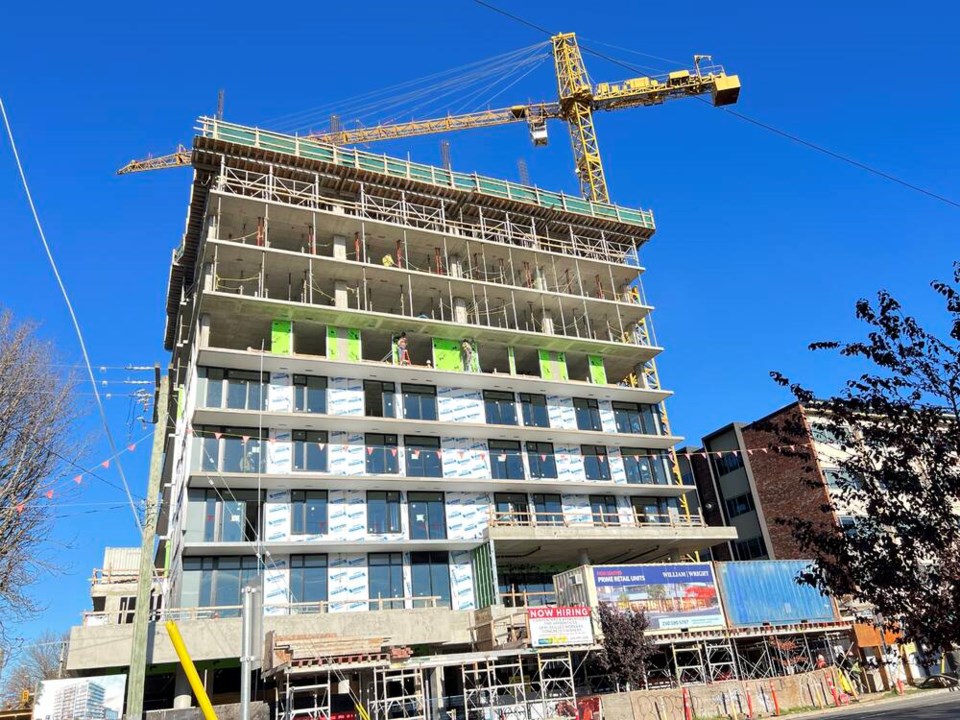A commentary by a View Royal resident.
The provincial government’s measures dealing with housing have drawn a mixed reaction, with opposition to some of the proposed measures as well as support for its objectives.
These contrasting points of view were on display at a recent public hearing in View Royal.
There was not only widespread concern about the prohibitive cost of housing for some members of our society, but also widespread fear of a deteriorating community. The discussion in View Royal was framed by confusion and contradictions.
In my opinion, misconceptions plague the housing debate. The first one is the concept of “housing shortage,” hence the need to “speed up construction by cutting red tape” including time-consuming public hearings.
Housing shortage is not just an issue for Victoria, or Canada, but is an international concern, mainly driven by migration. Whereas Canada is encouraging migration, countries in Europe and our neighbours to the south are throwing up barriers. This is worth a thought.
In Greater Victoria there are 2,700 homes for sale, or about one home for 150 residents.
In Edinburgh (where I lived for 10 years) there are 1,660 houses for sale, or one house for more than 300 residents.
In the Netherlands, where I have also lived, there are 75,000 houses for sale for the highly urbanized country of 17 million, but this boils down to one house for 233 residents.
The excessive influx of migrants is now a top political concern in the Netherlands. The supply of homes for sale in Victoria, relative to its population, is huge.
The key concern is affordability of what is on offer, but that too is an issue in other countries.
We remind ourselves constantly that house ownership is the key to a comfortable retirement, so nobody willingly sells his or her house in Victoria below market price, and thanks to Victoria’s appeal as an ideal community, a steady influx of wealthy people from elsewhere in Canada or overseas are willing to pay the price.
That which makes Victoria attractive also makes it expensive. We treat monetization of home ownership as a virtue, but we all need a place to sleep.
The second misconception that bothers me is the notion that “by increasing supply of housing, the price will drop.”
There are two ways of increasing supply: by expanding the urban footprint (hello, agricultural land reserve) and increasing the infrastructure road network or alternatively, increasing the density, also at cost of infrastructure, a key provision of Bill 44.
Will it make housing cheaper? I think it not. It will be counter-productive. Here’s why.
There is a distinction between the developer and the house buyer. No developer, whether a large corporation or an enterprising homeowner wishing to subdivide, will undertake a costly project, requiring the upfront outlay of millions of dollars over a multi-year period without some assurance that upon completion a buyer will reward him with full recovery of the building costs, including interest payments on borrowed capital, and at least break even.
Home construction is costly, time-consuming activity subject to risk of uncertain labour supply and material cost changes. It’s a risky undertaking. Nobody in his or her right mind embarks on a project with the idea of making a loss. Your average property owner is not a charitable organization.
A third misconception affects the underlying cause of our housing crisis: land. Land within striking distance of work or school is growing in scarcity. All migrations, worldwide, head for the cities.
B.C., with its more than one million square kilometres, is hardly over-populated, but only urban centres attract migrants, whether the uber-rich or the destitute. This is reflected in the trend in urban land values.
The B.C. Assessment Authority‘s records elegantly demonstrate this point. In 1991, the first year I lived in my View Royal home, the house, newly built, was assessed at 20 per cent more value than the land.
Today that same plot of land is worth two and a half times as much as the house, which has been improved and increased in size. Were I to subdivide in today’s market, I may, as a result, be able to count on a doubling of the total value of land I own and recovering the full cost of new house construction.
The economics are worth considering, but it is risky, and it affects my lifestyle, and probably not for the better. I do not want to move.
Increasing the density of land occupation increases its value and therefore the value of all housing in the area.
At the View Royal meeting, it was pointed out that the only practical way to make housing affordable for the lower income classes was by municipal, therefore subsidized, housing, a task not to be undertaken lightly.
But that is not part of the proposed legislation.
>>> To comment on this article, write a letter to the editor: [email protected]


